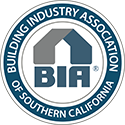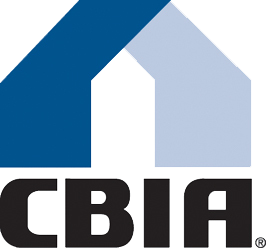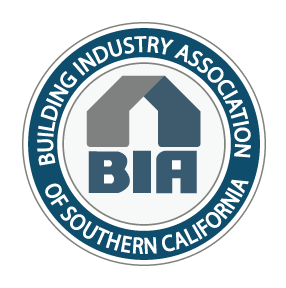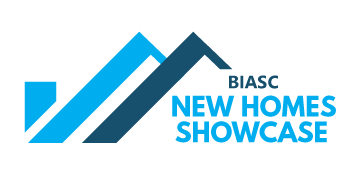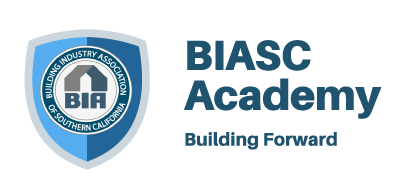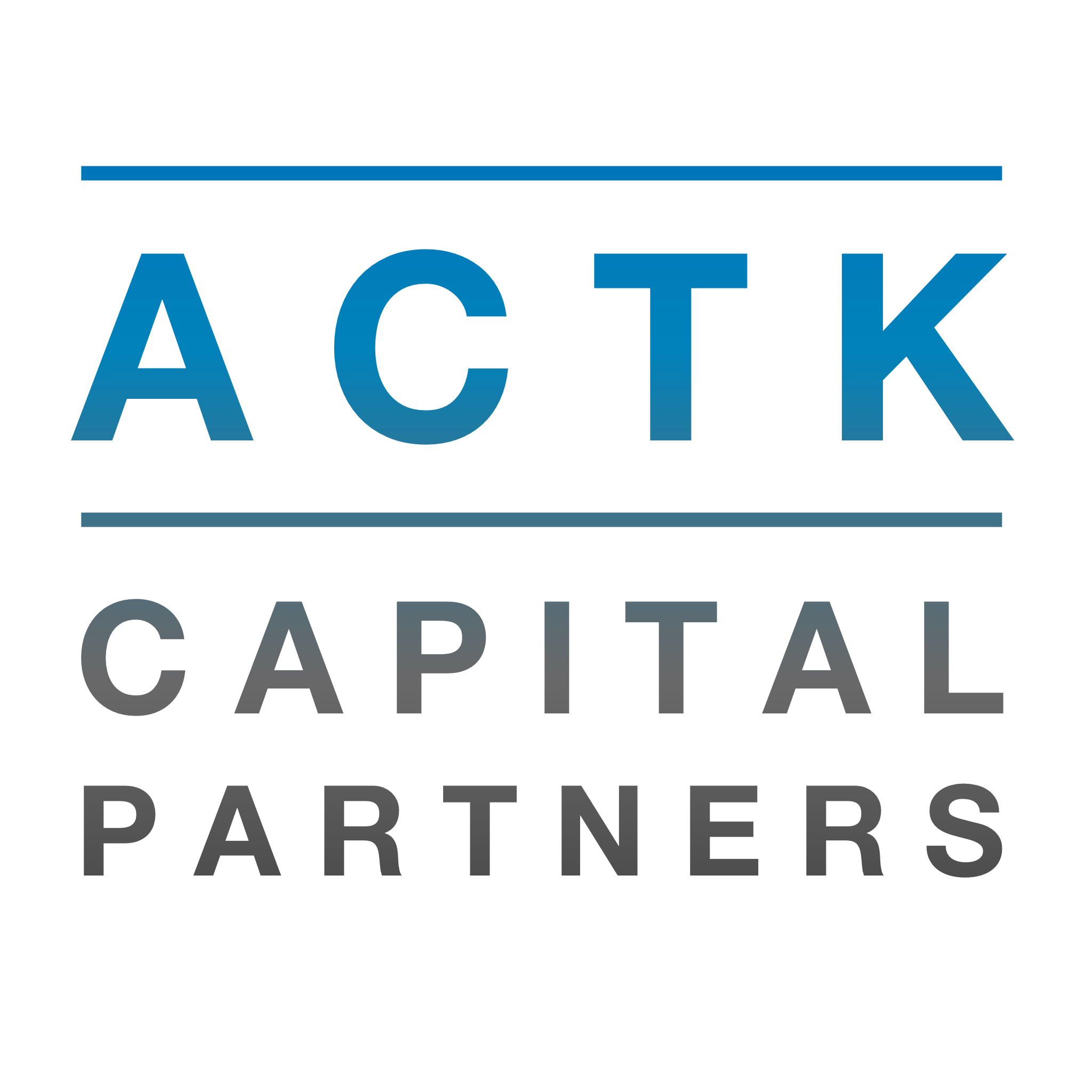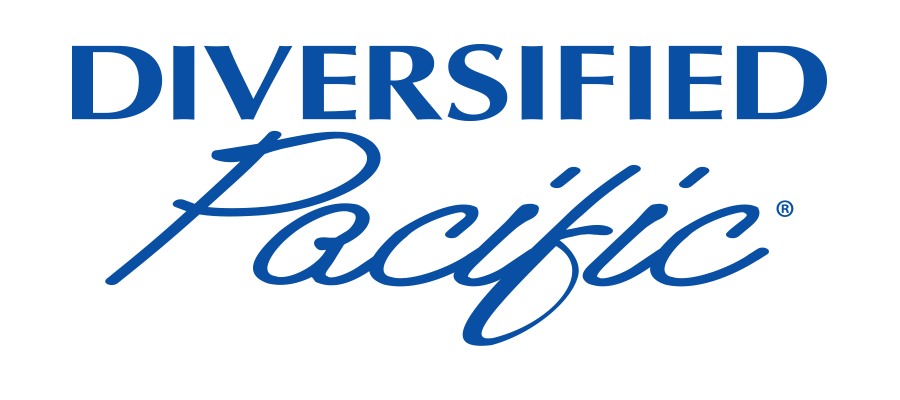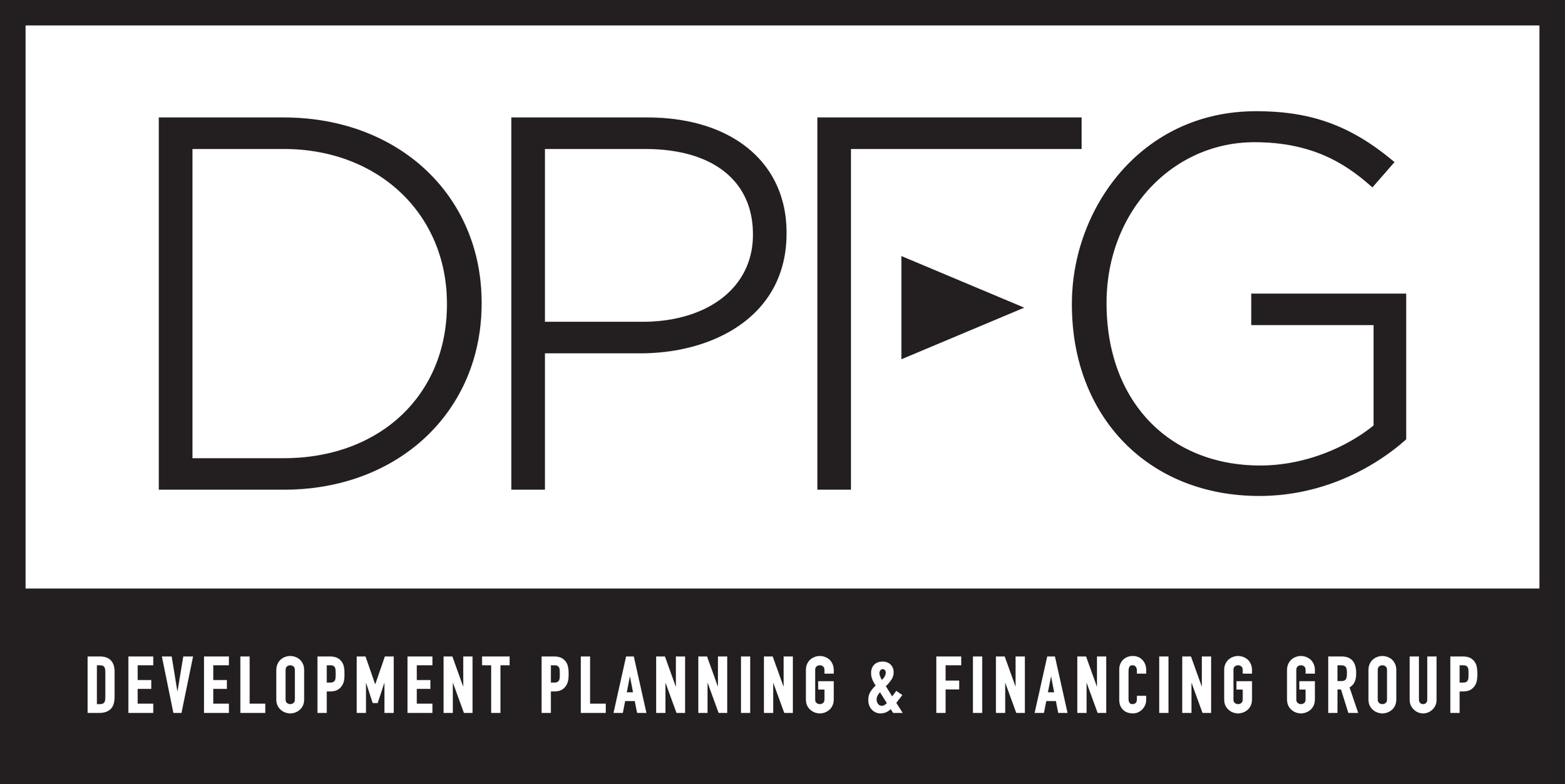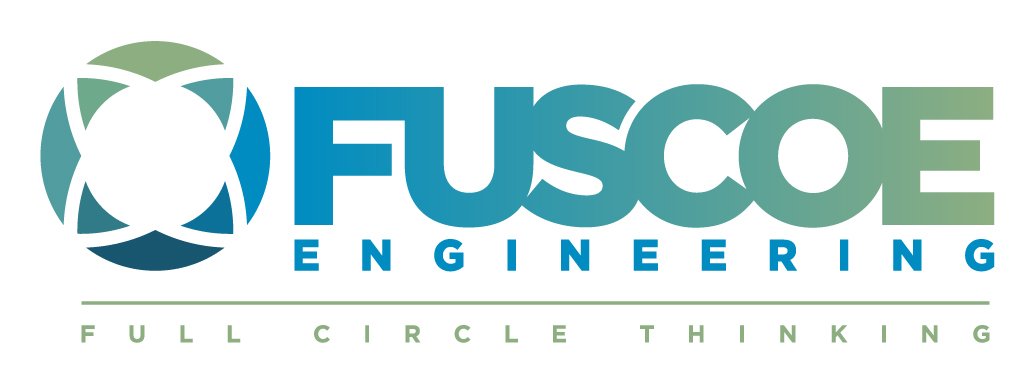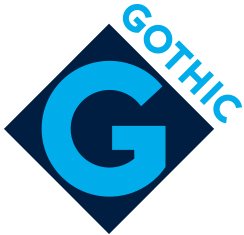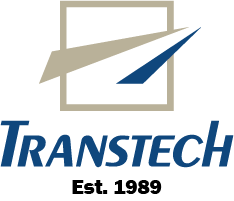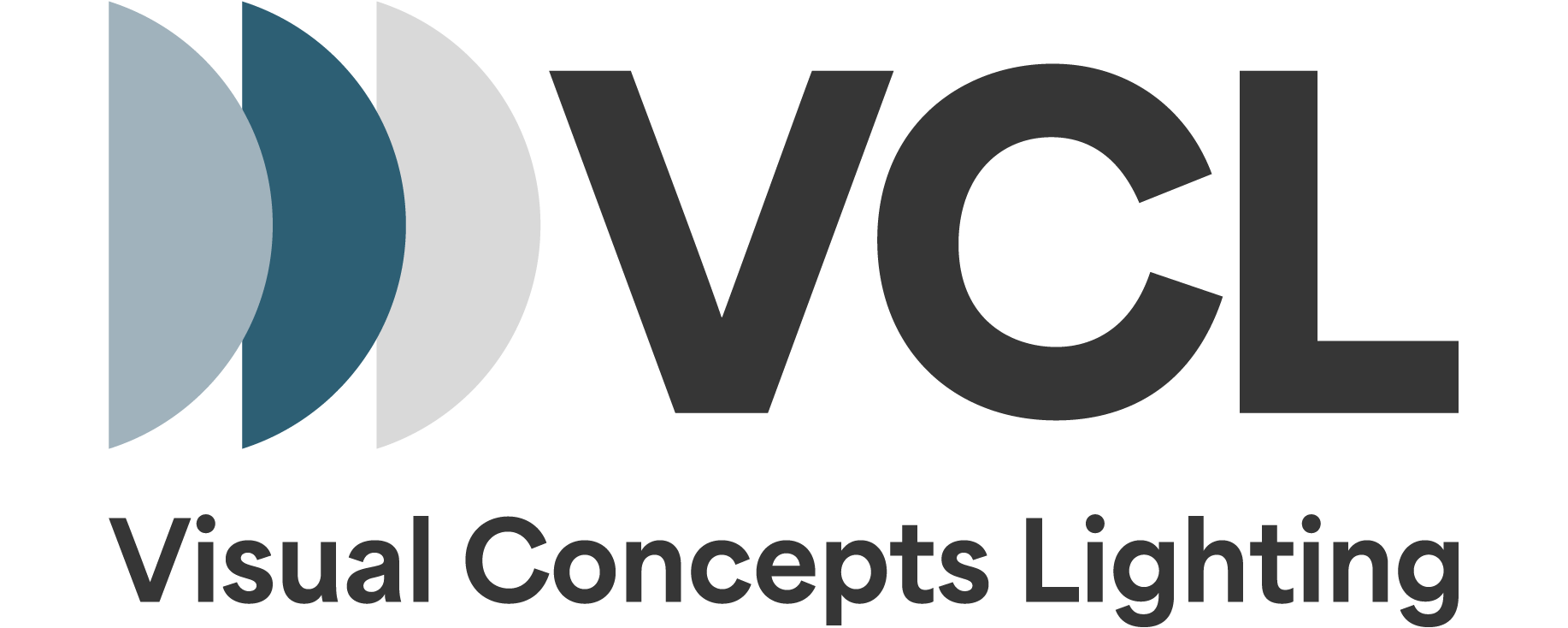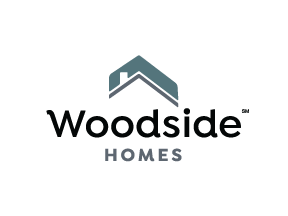Image from LondonHouse Chicago
by Phillip B. Burum, Executive Vice President, Diversified Pacific,
President, Building Industry Association (BIA) Baldy View Chapter
Month two of our season long celebration of the benefits of homeownership kicks off this week with the beginning of National Remodeling Month in May.
Whether the intent is to make your home more comfortable for you and your family or to get it ready for the next owner as you prepare it for sale, home remodels are a key component of maximizing homeownership rates in the US. May was chosen as National Remodeling Month primarily because this is the time of year that many homeowners begin dressing their home up in preparation for sale.
Any remodeling project can be a major undertaking. The first rule of any major project is to develop a plan and a budget. There are many great tools available for the DIY (do it yourself) homeowner, from step-by-step literature to comprehensive video tutorials. These are great resources and if you have some experience with construction, I applaud your spirit and commitment to doing it yourself. But, don’t bite off more than you can chew. Underestimating the skill or resources needed for a proper remodel can cost far more than if you started off right by hiring a great local contractor.
I recommend that you start by consulting the National Association of Homebuilders website (NAHB.org). The site has links to crucial information that should be considered as you develop your plans, including; cost estimating tools, step by step improvement guides, and advice on getting the most bang for your buck. It also includes a list of NAHB-approved remodelers.
Now that you have a plan, establish a budget and confirm the availability of cash to pay for it.
A good rule of thumb for any remodeling project is to add a 20 percent contingency on top of your detailed budget to allow for unforeseen expenses. The estimates that you obtain online or from other sources are fine as a starting point but, before committing to any final budget, solicit bids from local NAHB approved contractors.
Do not forget to consider the impact to your living conditions during the remodel. Is the contractor going to be able to work in isolated areas, allowing you to continue occupying the home? Is it better to plan to be out of the home during construction? If the latter, make sure you include the costs of temporary relocation in your budget.
You now have a budget, do you have the appropriate amount of cash? There are often regional, statewide or federal programs available to encourage upgrades and remodeling. Southern California Edison, for example, currently has a program in place that will provide rebates to homeowners that upgrade their appliances to more energy efficient versions. Many water districts offer similar programs for updating interior and exterior improvements. If you are going to modernize anyway, you might as well try to make it fit within a program that helps pay for the upgrades. In addition, check with the Federal Housing Administration (FHA) which offers programs for home improvements at www.HUD.gov and search for information on Title I and 203(k) programs.
Cash in the bank is almost always the best source of capital for nearly any expenditure. Taking on debt for unnecessary expenses is never something that should be encouraged. However, when spending for the benefit of your home, often the best source of funds is the home itself. Today, with few exceptions, if you have lived in your home long enough that it now warrants improvements, you have almost certainly developed equity.
Home Equity Lines of Credit (HELOCs), home equity loans (second mortgages) or a cash-out refinancing of your current mortgage are the three most typical methods of using your home’s equity to finance improvements. Each has its own benefits and constraints. Consult with your financial planner and a trusted mortgage broker in order to ensure you are using the best possible financing mechanism for your specific circumstances.
Over the coming weeks, we will dive in deeper to budgeting, planning and financing the improvements but, if you’d like more information on remodeling, home buying or the benefits of homeownership today, visit www.BIABUILD.com or www.NAHB.com/remodel.
And have a terrific Mother’s Day.
